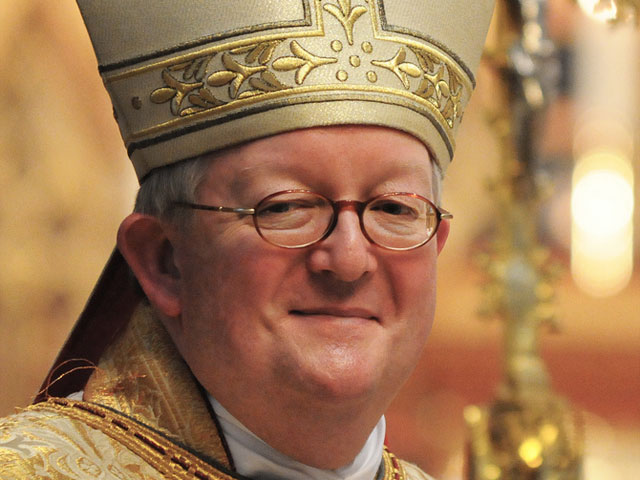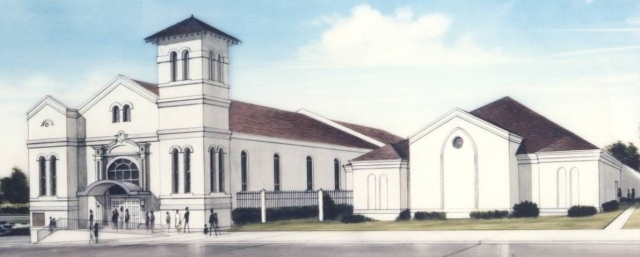GORDON ASKS:
(Paraphrased) Secularists challenge tax exemptions for houses of worship, saying this denies valuable revenue to communities that get little or nothing in return. True?
False, judging from new scholarly research.
Putting money aside for a moment, those knowledgeable about troubled urban neighborhoods will especially shudder to think what local conditions might be like if taxation forced financially strapped congregations to disband. Even small, struggling flocks that lack the money for professional social services provide their members (according to the members themselves) spiritual and emotional uplift and fellowship that can also enhance their neighborhoods. Numerous surveys indicate that people involved with religious faiths often gain in perceived well-being.
That said, such benefits are subjective and difficult to measure, and in any event secularists will contend that they do not make up for the property taxes cities lose when churches (or synagogues or mosques) are exempt. Secularists are less likely to protest tax exemptions enjoyed by groups that promote a secular worldview. The Guy has long assumed that in addition to personal benefits, which indeed are incalculable, it seems plausible that congregations help their areas economically, but admits his hunch has been based on mere anecdotal evidence and sentiment.
But now we have some solid data on economic impact. This year an academic journal in this field reported intriguing research by a team led by Ram A. Cnaan of the University of Pennsylvania School of Social Policy and Practice. Cnaan, a prolific scholar on the societal effects of non-profit groups in the U.S. and internationally, is the school’s associate dean for research and chairs its doctoral program in social welfare. Cnaan and his colleagues boldly contend that benefits to the community can be assessed in hard dollar terms and that the totals are impressive.
In a preliminary phase of this research, Cnaan looked at 18 economic factors and estimated the rough value of a typical urban congregation’s contribution to the local economy at $476,663 per year. Applying the latest “valuation” theory, the 2013 follow-up examines in greater detail 49 factors in the operations of a dozen Philadelphia congregations, 10 Protestant, one Catholic, and one Jewish. The team calculates their total economic contribution at $51.85 million a year or an average of $4.32 million per congregation. The researchers assert that the actual impact is very likely greater than that. For instance, they did not estimate the value of lower crime rates and higher housing values when congregations are present; or individual advancement provided through music performance, public speaking, and leadership training; or personal help for neighbors who are not members of the congregation.
The most obvious contribution in dollar terms is a congregation’s annual spending, including building projects. Other points are the worth of religious schooling; “magnet effect” in spending by outsiders attending worship and special events; hourly value of volunteers’ work in the neighborhood; formal social services; informal aid; job training and placement; fostering of local business startups and investment; specific cases of preventing suicide, substance abuse, and spousal abuse; verifiable health benefits; teaching of pro-social values to youths; elder care; and much else.
The report says there are no reliable data on how much cities lose in property taxes but that’s “almost certainly outweighed by the benefits documented in this study.” It also says the tax loss “is smaller than it may first appear” because buildings of defunct city churches usually turn into vacant lots or go to other non-profits that pay no taxes. The researchers say religious organizations can “use our methodology to counter those who wish to take away congregational tax exemptions” and the findings can inform government, policy analysts, scholars, and the non-profit world in general.
The 12 congregations, not particularly representative of the city as a whole, were chosen for intensive study because they were willing to open up full information for previous projects with Partners for Sacred Places, a Philadelphia-based historic preservation agency that has advised congregations nationwide. The researchers regard the 2013 results as a ”pilot study” of new valuation techniques and will next examine benefits provided by 100 congregations in Chicago, Fort Worth, and Philadelphia.
Apart from the money angle, strict secularists and church-state separationists may also object that even indirect aid via tax exemption violates the U.S. Constitution’s ban on an “establishment of religion.” But the U.S. Supreme Court rejected that contention by 8-1 in the 1970 “Walz v. Tax Commission of the City of New York” decision. The lone dissenter, liberal Justice William Douglas, insisted that “government may not provide or finance worship.” However, the high court majority ruled that exemptions for religious buildings have existed since Colonial days without “establishment” problems, that indirect benefits are different from direct government payments that would be illegal, and that houses of worship get no special favors denied to other non-profit community organizations. Significantly, the court stated that all types of non-profits, including religious ones, provide diversity and “beneficial and stabilizing influences in community life” that make exemption “useful, desirable, and in the public interest.”
Cnaan team’s full report ($37 charge for 24-hour access).
Text of Supreme Court ruling on tax exemptions.
QUESTIONS FOR THE GUY? Leave them in our comments pages or at his site.











